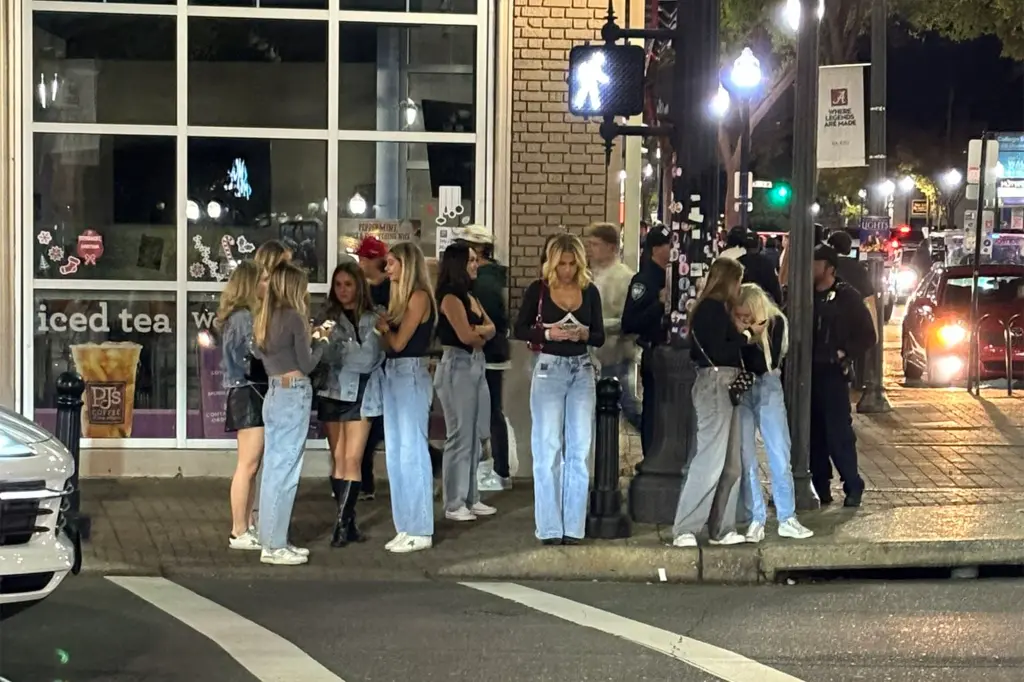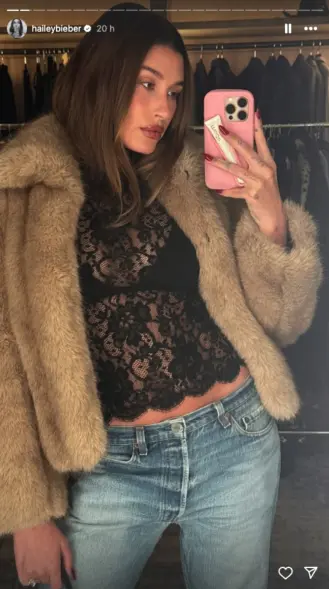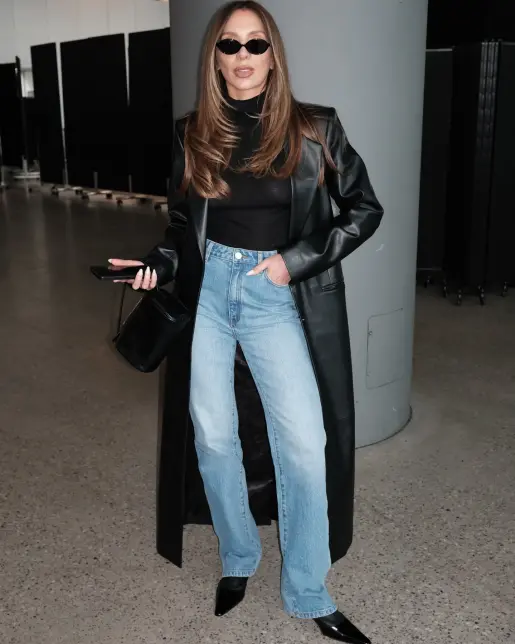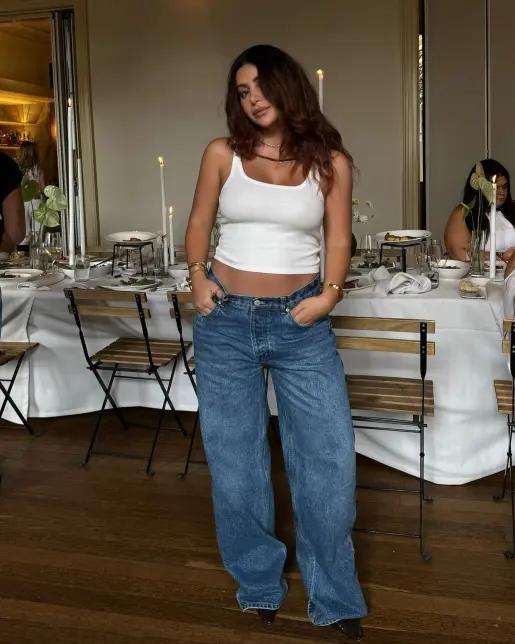A seemingly innocuous photo of a group of young women has ignited a spirited debate across social media platforms. Shared widely on X, formerly known as Twitter, the image depicts several Gen Z women enjoying a night out while wearing a very similar ensemble: light blue baggy jeans paired with simple, plain-colored tops. What might have once passed without comment has now become a lightning rod for fashion critique, generational comparisons, and broader conversations about the evolution of style norms.
Daywear or Nightwear? That Is the Question

The original poster of the viral image captioned it with a question that seemed to strike a chord. “Does anyone have any theories as to how light-wash jeans became considered evening wear?” they asked. They continued, “After 6 p.m., especially in the colder months, you would rarely see lighter colors than indigo.” Reactions were swift and polarizing.
Some users agreed, arguing that light-wash denim has always been more suitable for daytime errands or brunches rather than nightlife. Others, however, were confused by the notion that different types of jeans should be time-specific at all. One person commented, “There’s no way some people actually believe different colors of jeans are only appropriate for different times of day.” Another added, “I didn’t know people thought about jeans this way.”
Style or Uniform?
Beyond the denim color debate, another theme emerged in the discourse: the apparent uniformity in Gen Z fashion. Many users noted how similar the women in the photo looked. While some saw it as a testament to trend cohesion, others were more critical. “I can’t believe I sound like an old-timer,” one user lamented, “but it’s wild how everyone dresses the same now! We may have dressed badly, but at least we had some PERSONALITY!” This comment touched on a recurring sentiment among older generations who often critique Gen Z for a perceived lack of individuality in clothing choices, despite Gen Z’s reputation for celebrating uniqueness and self-expression.
A 90s Revival With a Twist

Fashion experts, however, see something more nuanced at play. Tina Grasso, founder of the Australian fashion label Chouchou Intimates, suggests that what we are witnessing is a reinterpretation of 90s fashion staples through a modern Gen Z lens. “I believe this trend of light jeans and a top is a nod to the 90s, with Cindy Crawford being one who wore this often,” Grasso explained. She also pointed out recent celebrity examples, including Hailey Bieber, who was recently seen pairing light jeans with a lace top, demonstrating how daywear can be elevated for nighttime. According to Grasso, Gen Z is intentionally blurring the lines between traditional categories like day and night fashion.
Read More: Gen Z Have ‘Canceled’ Skinny Jeans and Claim You Should Wear This Instead
The Rebellion Against “Dressing Up”
One reason this trend resonates with younger women is its quiet rebellion against older norms. Where millennials might have opted for a smart-casual ensemble or bodycon dress for a night out, Gen Z favors pieces that are functional, unfussy, and comfortable. “Wearing baggy jeans to bars and clubs is a form of subtle resistance to societal expectations,” Grasso noted. “It’s a statement that says, ‘I don’t need to dress to impress in the traditional sense.’”
She highlighted the popularity of the “jeans and a nice top” aesthetic on platforms like TikTok, where many Gen Z creators embrace light-wash denim as a staple. Fashion influencers such as Nadia Bartel, Jessica Abdilla, Martha Kalifatidis, Elena Tea, and Emma Macdonald often showcase similar looks that work seamlessly from day to night.
Style Tips That Make the Difference

According to Grasso, the real trick to pulling off light jeans at night is in the styling. “You could elevate them with a kitten heel, bold accessories, or even a cami and blazer,” she said. This approach allows wearers to maintain comfort while adding elements of sophistication that align with nighttime aesthetics.
Trends, Influence, and Inevitable Similarities
As for the claim that everyone dresses the same, Grasso says this is nothing new. “All generations do this, as we are all influenced by trends, pop culture, and shared experiences,” she said. She argues that fashion brands play a critical role in shaping these patterns, offering collections that are designed to appeal to large segments of their audience at once.
In her view, Gen Z is actually quite imaginative with how they express themselves through fashion. “If you look specifically at Gen Z, the ‘cool’ factor often depends on how you style an outfit rather than the ‘brand’ or ‘prestige’ of an item itself,” she said. “They truly celebrate personal creativity and individuality, which I admire.”
Fashion’s Ever-Evolving Timeline

The debate over Gen Z fashion ultimately reflects a broader truth about style: it is never fixed, and it is always generational. Just as baby boomers questioned the miniskirt and millennials leaned into athleisure, Gen Z’s love of baggy jeans and minimalism is its own cultural marker. What one generation sees as rebellion, another may view as laziness.
What appears uniform to some, to others, represents shared identity and comfort. In the end, whether you believe light-wash denim belongs at brunch or at the bar, one thing is clear. Fashion remains as subjective, polarizing, and deeply personal as ever.
Read More: Gen Z Are Demanding Millennials Stop Using ‘Out of Date’ Slang Words

